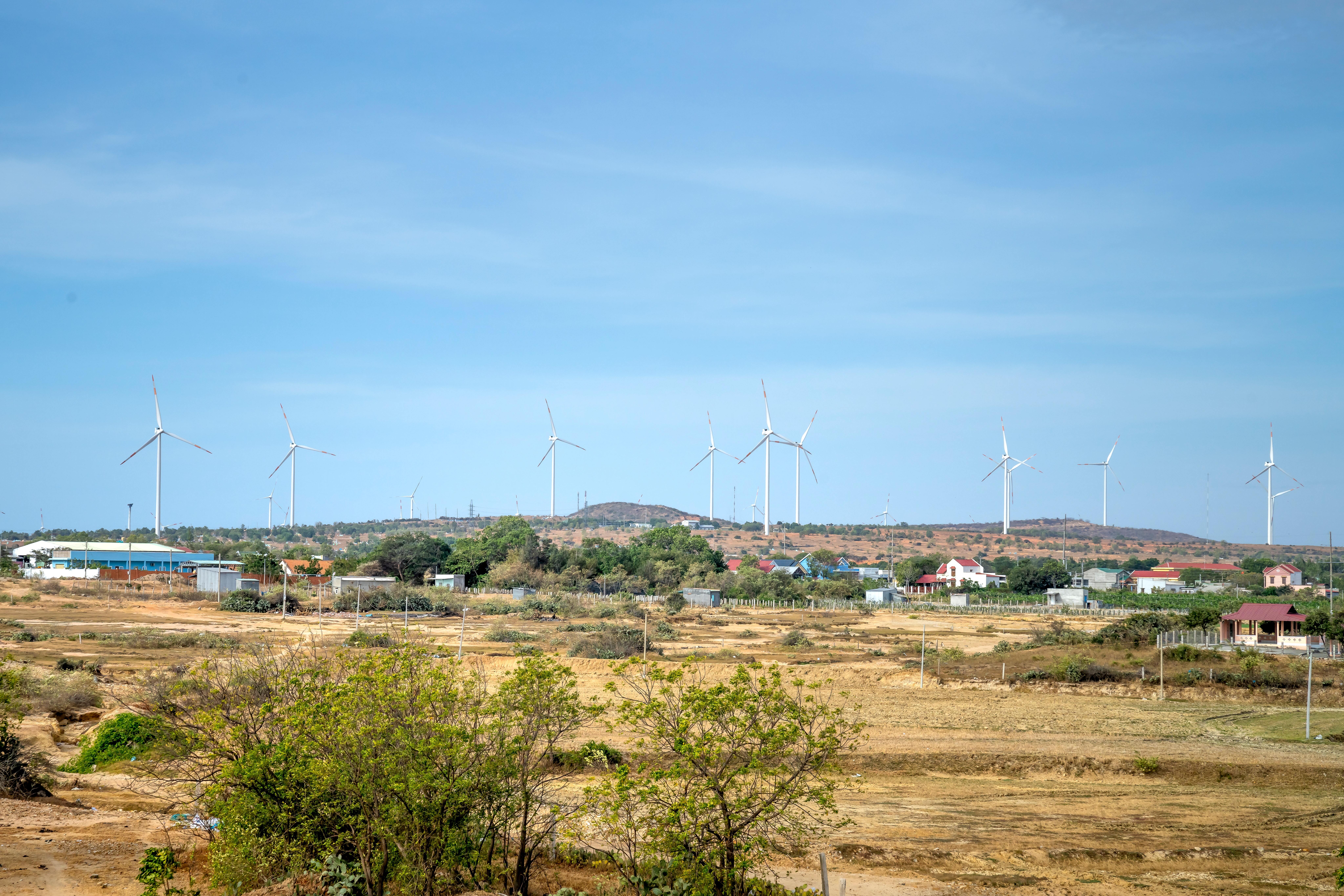On the 14th of October this year, the art world was shocked when a tin of soup, which seemed violently fluorescent in comparison, was thrown over Van Gogh’s Sunflowers. Climate activism turning marmite. You either loved or hated it, and with the hate camp, sympathy was running low.
It perhaps represents a pertinent example of the mixed media perceptions circling around COP27. The conference, being held this year in Sharm El-Sheikh, Egypt, has been labelled with the “capacity to transform”. On the one hand, is it an opportunity for world leaders to come together to focus on mitigation, adaptation, and, ultimately, how we can reverse the already devastating effects of climate change on our planet?
Or, on the other hand, is it just an excuse for world leaders to discuss issues and make no lasting real-world changes again? Verdict noted that some reports suggested “the conference will regress to the regular mud-slinging and angling for advantage that have become commonplace at these conferences.” Basically just a lot of “Blah-Blah-Blah”, in the words of Greta Thunberg, who is not attending the summit as she believes it’s simply a form of ‘greenwashing’. Yet, Greta or not, there is also a wave of young activists ‘calling it out’ from the inside at the summit and who believe they are creating change.
Good cop or bad cop, the consequences of climate change are being seen and experienced now. This year’s conference takes place against the backdrop of extreme weather events worldwide. We have seen what has been described as ‘apocalyptic’ flooding in Pakistan, where over 1,700 people have lost their lives. The stakes for change are very high.
Surging investment in climate tech
One thing, however, that does not seem to be suffering from mixed perception, public or otherwise, is climate tech. Climate tech firms have enjoyed an investment surge in 2022, with the Verdict piece going on to highlight:
“Last week, Big Four accountancy firm PwC’s State of Climate Tech 2022 report suggested that over $50bn in VC money has been injected into climate tech companies this year. That would mean more than a quarter of every venture dollar invested in 2022 has gone to a climate tech enterprise.”
Thriving is the word that comes to mind.
From a tech PR, more specifically a B2B tech PR perspective, it is clear to see why. These companies are being disruptive and bringing the fight against climate change with a range of impressive technological advancements. From clean energy being produced through quantum-enhanced nuclear fusion to smart platforms building regenerative agriculture ecosystems, these innovations are setting the benchmark for a green future. It’s inevitable that climate tech will grow even more rapidly than at current rates in the years ahead.
‘Challenger PR’ for climate tech
To be a climate tech startup or scaleup is to be a challenger brand – it’s in the DNA. What does it mean to challenge? A challenger brand goes beyond traditional means and looks to create lasting change in its sector. So it’s never been more important for climate tech brands to harness ‘challenger PR’, have a voice in the sector and steal media mindshare. With presence comes the ability to influence progress and win investment, financial or otherwise.
As we will hear much of in the final days of COP27, we have a long and tough road ahead against climate change. For the crisis to be reversed and stopped in its tracks, a great deal needs to shift in all areas of the way we live, as well as pushing for political change. But it’s safe to say the road looks slightly brighter knowing that climate tech will be challenging, changing and championing the fight against it – with all the credit it deserves.
Without a doubt, the climate tech industry will be massive in 2023. As emerging companies drive this change, it’s time for them to have the support they deserve as well. On that note, if someone has an emerging company with a good idea, come to us and we’ll launch it for free.*
*conditions apply
Related Articles

CommsCo launches UK corporate events division to support post-pandemic networking surge
Article by:Roseanna Lane


